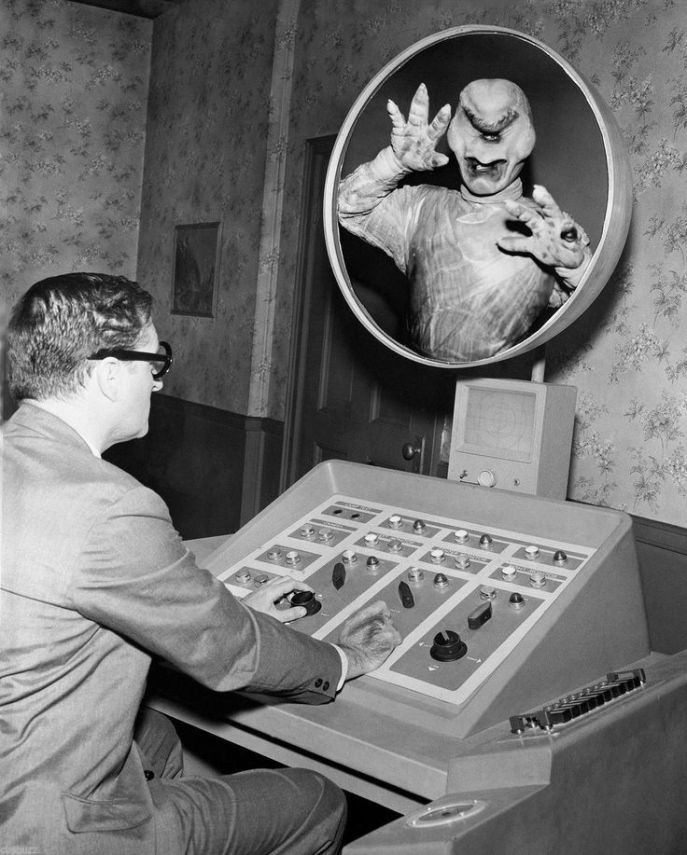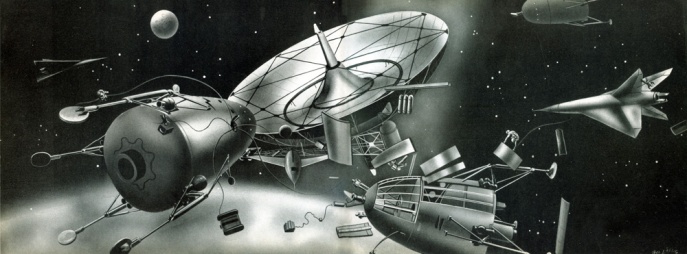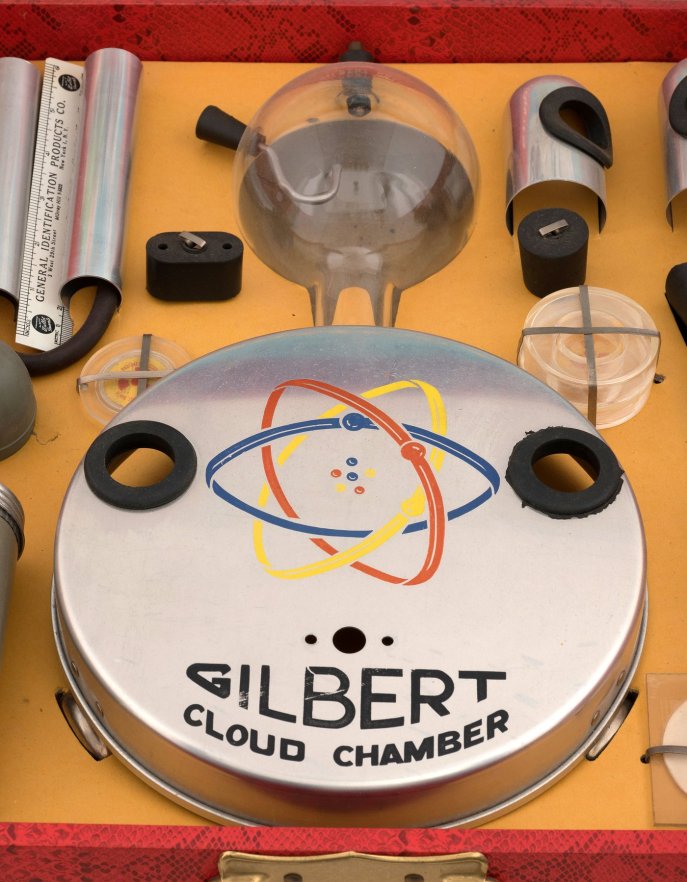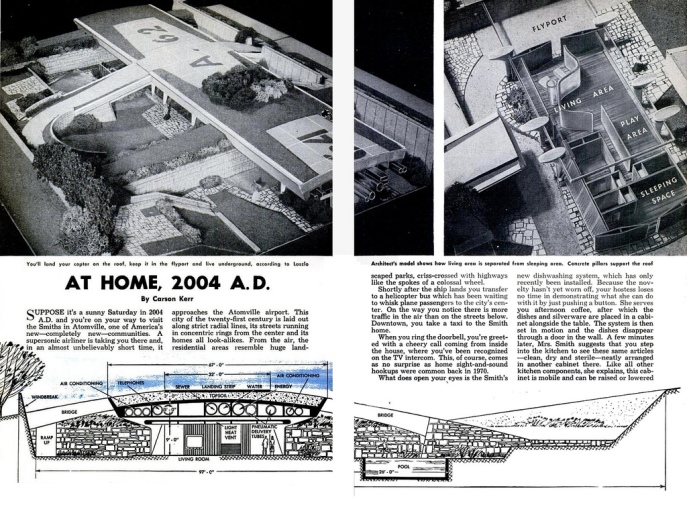
O.B.I.T. in action.
The ‘all-seeing eye’ has been a source of fascination to futurists for quite some time. In a previous post on Atomic Flash Deluxe we considered the 1948 DC comic, How Television Will Change Your Future, with its ‘Eye-In-The-Sky’ and how it relates to George Orwell’s 1948 classic, 1984. In a common vein, The Outer Limits episode, O.B.I.T. – originally aired during the first season of the classic sci-fi television series on 4 November 1963 – takes the concept to a much more sinister level. Wikipedia gives a very nice synopsis of the episode:
Opening narration:
In this room, twenty four hours a day, seven days a week, security personnel at the Defense Department’s Cypress Hills Research Center keep constant watch on its scientists through O.B.I.T., a mysterious electronic device whose very existence was carefully kept from the public at large. And so it would have remained but for the facts you are about to witness…
Plot:
While inquiring into the murder of an administrator at a government research facility, a U.S. senator is confronted with paranoia, secrecy, and intimidation. He ultimately learns the cause: An unusual security device that is used to monitor its employees. The Outer Band Individuated Teletracer (known by the acronym O.B.I.T.)[1] is so pervasive and invasive that no one can escape its prying eye, at any time or within 500 miles. It is even deemed addictive by some of its operators. After a missing administrator is found and reveals his knowledge of O.B.I.T., its sinister, unearthly origins and purpose become apparent; the device is, in actuality, an alien invention that was designed to demoralize and desensitize the human race in preparation for invasion. During government hearings, Lomax, one of the projects administrators reveals himself to be an alien, proudly warning onlookers as to the horrific impact O.B.I.T. will have on mankind. As he speaks, a nearby O.B.I.T. machine shows Lomax in his true alien form.
Quotes:
Lomax: People with nothing to hide have nothing to fear from O.B.I.T.
Orville: (scoffs) Are you that perfect, Mr. Lomax?
Senator Orville (taking Grover’s testimony in the hearing room): Weren’t you in favor of O.B.I.T?
Colonel Grover: I was at first. But I was wrong. (now fighting to compose himself) It’s the most hideous creation ever conceived. No one can laugh… or joke. It watches!
Lomax (revealed as an alien): The machines are everywhere! Oh you’ll find them all, you’re a zealous people. And you’ll make a great show of smashing a few of them. But for every one you destroy, hundreds of others will be built. And they will demoralize you, break your spirits, create such rifts and tensions in your society that no one will be able to repair them! Oh, you’re a savage, despairing planet, and when we come here to live, you friendless, demoralized flotsam will fall without even a single shot being fired. Senator, enjoy the few years left you. There is no answer. You’re all of the same dark persuasion! You demand – insist – on knowing every private thought and hunger of everyone: Your families, your neighbors, everyone — but yourselves.
Closing narration:
Agents of the Justice Department are rounding up the machines now. But these machines, these inventions of another planet, have been cunningly conceived to prey on our most mortal weakness. In the last analysis, dear friends, whether O.B.I.T. lives up to its name or not will depend on you.
Certainly a prescient episode so very relevant for the current times: the most incredible invention of the 20th century – the internet – could be used as a source of education and global communication that would better the world, but instead of this its been turned into a source of corporate consumerism, conflict, pernicious gossip, surveillance, and…control.
The prophets of the early-to-mid 20th century were truly remarkable in their visions – it’s unfortunate that we’ve failed to heed their warnings.




























